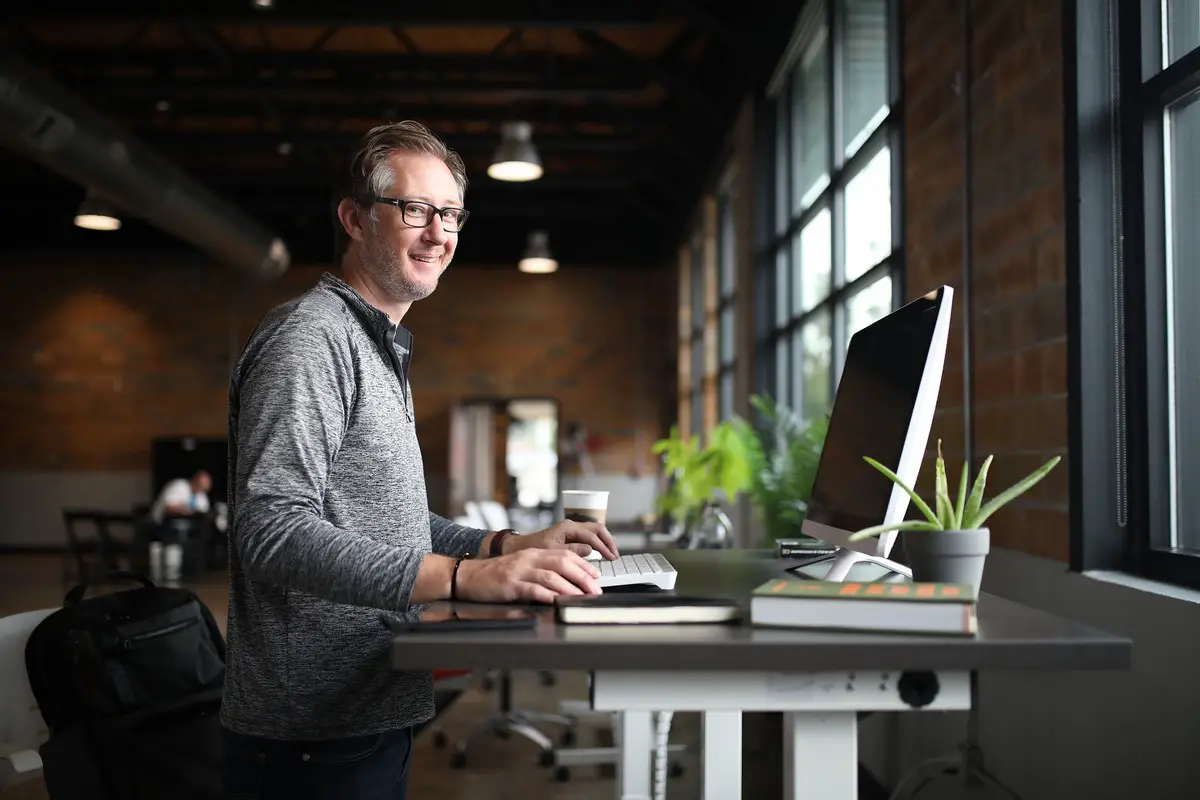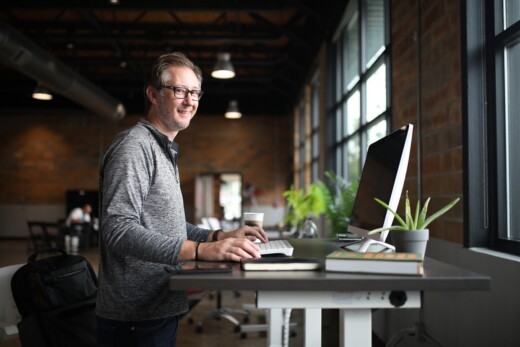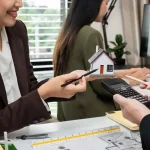Future office architecture and design, Building workplace challenges guide, Work property tips
Future Office Architecture And Design Challenges
13 Jan 2023
What are the challenges in office architecture & design of the future?
The office of the future will be fundamentally different from what we are used to today. However, a new generation of offices also brings with it new challenges for office architecture & design. Many trends leading to these challenges are already apparent today, with some of them being accelerated by the pandemic.
However, a challenge does not necessarily have to be a bad thing. Challenges help us to find long-term and workable solutions that move the industry forward. This is also the case with most of the challenges that come with the office of the future. In this article, we will introduce you to these challenges, explain why they exist and present ways in which office architecture & design can successfully overcome them.
What challenges will we face?
We do not yet know with total accuracy exactly what the office of the future will look like. However, we can examine current trends that hint at the direction it is likely to take. We might also look at the growing challenges of our time, which are expected to become even more prominent in the future. These can be challenges to our existence as a whole, as well as developments specific to the office architecture & design sector.
If office architecture & design professionals understand the future challenges today and set out to address them, they will be able to ensure that these challenges are overcome more quickly and effectively than if we wait and see. Read on to find out what these challenges are.
Climate change
Man-made climate change is one of the most urgent and major crises of our time. In order to preserve our planet for future generations, we must work together to conserve our limited resources and adopt a sustainable lifestyle. The office architecture & design can also play a part in this. One way to do this is to focus on sustainable construction methods and to design environmentally friendly buildings. However, office architecture & design in particular has the opportunity to directly influence the employees in an office by promoting a sustainable approach to the planet through their design. Although this may be done in various ways, the most important thing is that the concept of sustainability is implemented centrally in the office architecture & design.
Decentralised working
Various types of decentralised working gained tremendous ground with the pandemic. Working at home, in suburban offices or in co-working spaces brings numerous advantages for employees. For office architecture & design professionals, however, these new ways of working present new challenges. In the past, many companies had all their employees working together in shared buildings, often in open-plan offices.
Since the pandemic at the latest, however, this is no longer the case in many companies. Today, a large number of employees work partly from home or from decentralised locations. The office architecture & design must adapt to these new circumstances and create offices that allow for flexible use. Often there will no longer be just one head office, but various regional offices that have to meet local requirements.
Changed purpose of the office
The purpose of the office is no longer just to work. Nowadays, many office tasks can be done from anywhere in the world with a laptop and a stable internet connection. Young, motivated and highly talented employees choose the employer that gives them the most freedom and flexibility. This generation no longer sees a reason to come to the office to programme, write or design when they can just as easily do it at home or by the pool in Bali. In the future, an office will therefore no longer serve purely for working, but for getting to know the company, living the corporate culture and creating new approaches in personal creativity sessions.
This is where office architecture & design must come in, designing modern offices as social places of exchange instead of pure workplaces.
New technologies
Digitalisation has fundamentally changed the way we live and work over the last 20 years. But there is still a lot of room for improvement. Digitalisation is not something we have just experienced, we are in the midst of it. What was top notch 10 years ago is already obsolete today, and what is top notch today will be obsolete in 10 years. For both buyers and builders of offices, this rapid development is not always easy to cope with.
However, if you work as a professional in the field of office architecture & design, it is advisable to see digitalisation as an opportunity and not as an obstacle. The countless possibilities that digitalisation brings with it are almost unlimited. Take advantage of this to work at the cutting edge of the times and use it to build offices that meet the requirements of the current era.
Challenges in Office Architecture & Design: Conclusion
Today, the way we work is fundamentally different from the approaches taken by previous generations. Yet our working lives will continue to change in the future. The office of the future will encompass a variety of approaches, satisfy modern needs and address the problems of today. For this to be the case, office architecture & design still has to overcome a number of challenges.
These include climate change, decentralised working, the changing purposes of an office and the emergence of new, innovative and digital technologies. The sooner one is aware of these challenges, the sooner one can find solutions and help shape the working of the future with office architecture & design.
Comments on this guide to Future office architecture and design article are welcome.
Architecture
Comments / photos for the Future office architecture and design advice page welcome



